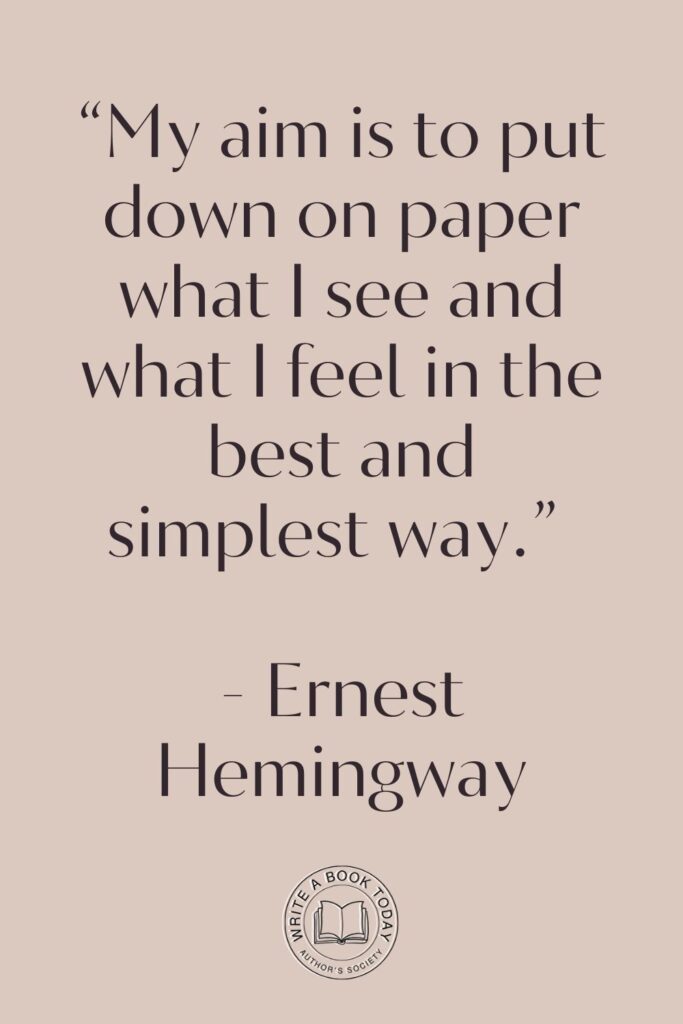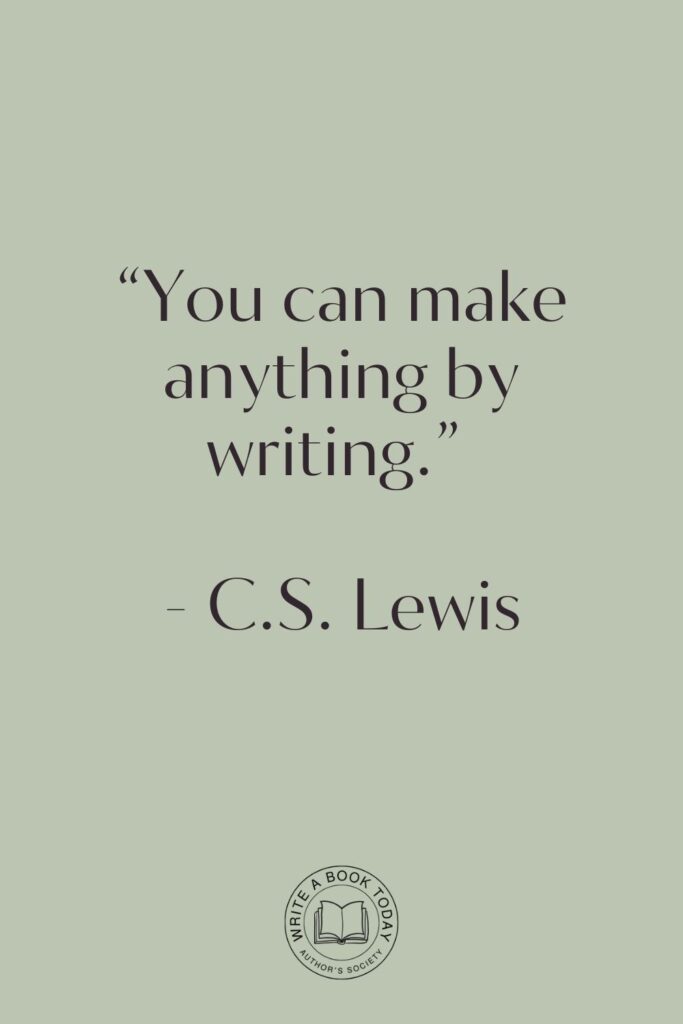Imagine stepping into a library where each book is a doorway to a different world. But how do you know what to expect when you turn the page?
The answer lies in understanding genre conventions. These are the unwritten rules and familiar patterns that guide readers through the landscapes of fiction and non-fiction alike.
Whether you’re penning a mystery, crafting a romance, or exploring the depths of science fiction, grasping these conventions can transform your novel from a fledgling idea into a compelling narrative. Join us as we unravel the secrets behind these literary blueprints and discover how they can elevate your storytelling.
Understanding Genre Conventions
Genre conventions are like the trusty compass that guides a writer’s creative journey. They are the familiar elements that define a genre and set reader expectations.
From the atmospheric gloom of a gothic tale to the heart-pounding suspense of a thriller, these conventions shape the structure, characters, and themes of a story. But what exactly are these guiding principles, and why are they so crucial in storytelling?
No marketing platform? No social following? No problem!
Publisher Rocket helps you market your debut novel like a pro.
It’s a gamechanger for debut authors – try it today!


What Are Genre Conventions?
At their core, genre conventions are the shared characteristics that define a particular genre. They encompass everything from plot structures and character types to thematic elements and stylistic choices.
For instance, a romance novel often features a central love story with an emotionally satisfying ending, while a fantasy tale might include magical worlds and heroic quests. These conventions create a framework that helps readers identify and connect with the genre.
For writers, understanding these conventions is akin to learning a new language. It’s about recognizing the expectations that come with each genre and using them to craft a story that resonates with readers.
By adhering to these conventions, writers can create a sense of familiarity and comfort, allowing readers to immerse themselves fully in the narrative.
When exploring genre conventions, consider reading widely within your chosen genre. This will help you understand the common tropes and elements that readers expect. Pay attention to how successful authors use these conventions to engage their audience, and think about how you can incorporate them into your own writing.
The Importance of Genre in Storytelling
Genres serve as the backbone of storytelling, providing a roadmap for both writers and readers. They offer a set of expectations that guide the narrative, allowing writers to experiment within a familiar framework.
By understanding genre conventions, writers can create stories that not only captivate their audience but also push the boundaries of creativity.
Moreover, genres help readers find stories that resonate with their interests and emotions. A well-crafted genre piece can transport readers to new worlds, evoke powerful emotions, and leave a lasting impact.
For aspiring novelists, mastering genre conventions is an essential step toward creating stories that stand out in a crowded literary landscape.
Exploring Different Genres
As you embark on your writing journey, it’s essential to explore the vast landscape of genres. Each genre offers a unique set of conventions that can inspire and challenge you as a writer. From the imaginative realms of fiction to the factual narratives of non-fiction, understanding the nuances of different genres is key to crafting a compelling story.

Fiction Genres: A Deep Dive
Fiction is a tapestry woven from the threads of imagination, encompassing a wide array of genres, each with its own conventions. Mystery, for example, thrives on suspense, red herrings, and a climactic reveal, while fantasy relies on intricate world-building and the hero’s journey.
Science fiction often explores futuristic concepts and technological advancements, challenging readers to ponder the possibilities of tomorrow.
To navigate the world of fiction genres, it’s helpful to familiarize yourself with the key elements that define each one. Consider how these conventions can shape your story and engage your audience. By blending creativity with a deep understanding of genre conventions, you can craft a narrative that captivates and inspires.
When writing in a specific fiction genre, consider creating a checklist of essential elements that define that genre. This can serve as a guide to ensure your story meets reader expectations while allowing room for innovation. Use this checklist as a reference throughout your writing process to maintain focus and consistency.
Non-Fiction Genres: Understanding the Spectrum
Non-fiction genres span a diverse range of topics, from memoirs and biographies to self-help and investigative journalism. Each genre has its own conventions that shape the narrative and engage readers.
Memoirs, for instance, often focus on personal experiences and introspection, while investigative journalism relies on factual reporting and in-depth research.
For non-fiction writers, understanding these conventions is crucial for creating compelling and informative narratives. By adhering to the conventions of your chosen genre, you can build trust with your readers and deliver a story that resonates with authenticity and depth.
Genre Blending: Breaking the Rules
While genre conventions provide a valuable framework, they are not set in stone. Many writers find inspiration in breaking the rules and blending genres to create something entirely new. Genre blending allows for innovation and experimentation, resulting in stories that defy categorization and offer fresh perspectives.
Consider the possibilities of combining elements from different genres to craft a unique narrative. By blending genres, you can create a story that challenges conventions and captivates readers with its originality. Embrace the freedom to experiment and push the boundaries of traditional storytelling.
Key Elements of Genre Conventions
As you delve deeper into the world of genre conventions, you’ll discover key elements that play a vital role in shaping your story. From character archetypes to plot structures and setting, these elements form the foundation of a compelling narrative.

Character Archetypes and Their Roles
Character archetypes are the building blocks of storytelling, representing familiar roles that resonate with readers.
In a fantasy novel, you might encounter the hero, the mentor, and the villain, each serving a distinct purpose in the narrative. These archetypes provide a sense of familiarity and structure, allowing readers to connect with the characters and their journeys.
By understanding character archetypes, you can create multidimensional characters that drive the plot and evoke empathy from your audience. Consider how these archetypes can be adapted and subverted to add depth and complexity to your story.
When developing characters, think about how their roles and relationships contribute to the overall narrative. Use character archetypes as a starting point, but don’t be afraid to add unique traits and motivations that make your characters stand out. This will create a more engaging and relatable story for your readers.
Plot Structures and Story Arcs
Plot structures and story arcs are the skeletons of a narrative, providing the framework for the unfolding events. Whether you’re crafting a three-act structure or exploring nonlinear storytelling, understanding plot conventions is essential for creating a cohesive and engaging story.
Consider the pacing, tension, and resolution of your plot as you develop your story. By mastering plot structures, you can create a narrative that keeps readers on the edge of their seats and delivers a satisfying conclusion.
Feeling lost with your debut novel?
Fiverr Pro connects you with expert editors, designers, and marketers – everything you need to get your book ready for success!

Setting and Atmosphere in Different Genres
The setting and atmosphere of a story play a crucial role in immersing readers in the narrative. In a horror novel, the eerie and foreboding atmosphere heightens tension and suspense, while a historical fiction piece may transport readers to a specific time and place with rich detail and authenticity.
As a writer, consider how the setting and atmosphere of your story can enhance the genre conventions and engage your audience. Use vivid descriptions and sensory details to create a world that captivates and resonates with readers.
When crafting the setting of your story, think about how it reflects the themes and mood of your narrative. Consider using sensory details and descriptive language to create a vivid and immersive environment. This will help readers visualize the world you’ve created and become more invested in the story.
Practical Tips for Aspiring Novelists
Armed with an understanding of genre conventions, aspiring novelists can take their storytelling to new heights. Here are some practical tips to help you effectively research, utilize, and innovate within genre boundaries.
Researching Genre Conventions Effectively
Effective research is the cornerstone of mastering genre conventions. Dive into a wide range of books, films, and other media within your chosen genre to gain a deeper understanding of its conventions. Pay attention to recurring themes, character archetypes, and plot structures that define the genre.
Engage with writing communities and forums to discuss and analyze genre conventions with fellow writers. By sharing insights and experiences, you can broaden your understanding and refine your storytelling techniques.

Using Genre Conventions to Enhance Your Storytelling
Once you’ve researched genre conventions, it’s time to put them into practice. Use these conventions as tools to enhance your storytelling and create a narrative that resonates with readers. Consider how genre conventions can guide the development of your plot, characters, and themes.
Experiment with different approaches and techniques to find what works best for your story. By integrating genre conventions thoughtfully, you can craft a narrative that captivates and engages your audience.
Innovating Within Genre Boundaries
While genre conventions provide a valuable framework, don’t be afraid to innovate and challenge the norms. Experiment with blending genres, subverting expectations, and introducing fresh perspectives. Innovation can breathe new life into your storytelling and set your work apart in a crowded literary landscape.
Embrace the freedom to explore and push the boundaries of traditional storytelling. By combining creativity with a deep understanding of genre conventions, you can create a narrative that captivates and inspires.
Google Docs is for notes. Scrivener is for novels. Upgrade your writing game and try it for free today!

Voices from the Literary World
Learning from the experiences and insights of successful authors can provide invaluable inspiration and guidance. Here are some anecdotes and quotes that offer a glimpse into the world of creative writing.
Anecdotes from Successful Authors
Many successful authors have shared stories of their struggles and triumphs in mastering genre conventions. J.K. Rowling, for instance, initially faced rejection but persevered to create the beloved Harry Potter series, which masterfully blends fantasy and coming-of-age genres. Her journey serves as a testament to the power of dedication and innovation within genre boundaries.
Similarly, Stephen King has spoken about the importance of understanding genre conventions to create stories that resonate with readers. His ability to craft suspenseful and gripping narratives has made him a master of the horror genre.

Quotes that Inspire Creative Writing
Quotes from renowned authors can serve as a source of inspiration and motivation for aspiring writers. Consider the words of Neil Gaiman, who said, “The world always seems brighter when you’ve just made something that wasn’t there before.” This sentiment captures the joy and fulfillment that comes from creative writing and the exploration of genre conventions.
Another inspiring quote comes from Margaret Atwood, who reminds writers that “A word after a word after a word is power.” This emphasizes the transformative power of storytelling and the impact that well-crafted narratives can have on readers.
Reflecting on Your Writing Journey
As you continue your writing journey, take time to reflect on how genre conventions apply to your work. Embrace the challenges and opportunities they present, and let them guide you toward creating stories that resonate with readers.
How Do Genre Conventions Apply to Your Work?
Consider how genre conventions influence your storytelling techniques and narrative choices. Reflect on the elements that define your chosen genre and how they shape your characters, plot, and themes.
By understanding these conventions, you can craft a story that meets reader expectations while allowing room for creativity and innovation.
Use genre conventions as a foundation to build upon, and don’t be afraid to explore new ideas and perspectives. By doing so, you can create a narrative that captivates and inspires your audience.
Embracing the Challenge of Genre Conventions
Embracing the challenge of genre conventions requires a balance of creativity and discipline. Recognize the value of these conventions in guiding your storytelling while remaining open to experimentation and innovation.
By embracing this challenge, you can create a narrative that stands out and resonates with readers.
Remember that genre conventions are not limitations but opportunities for growth and exploration. Let them inspire you to push the boundaries of traditional storytelling and create a narrative that captivates and engages your audience.








